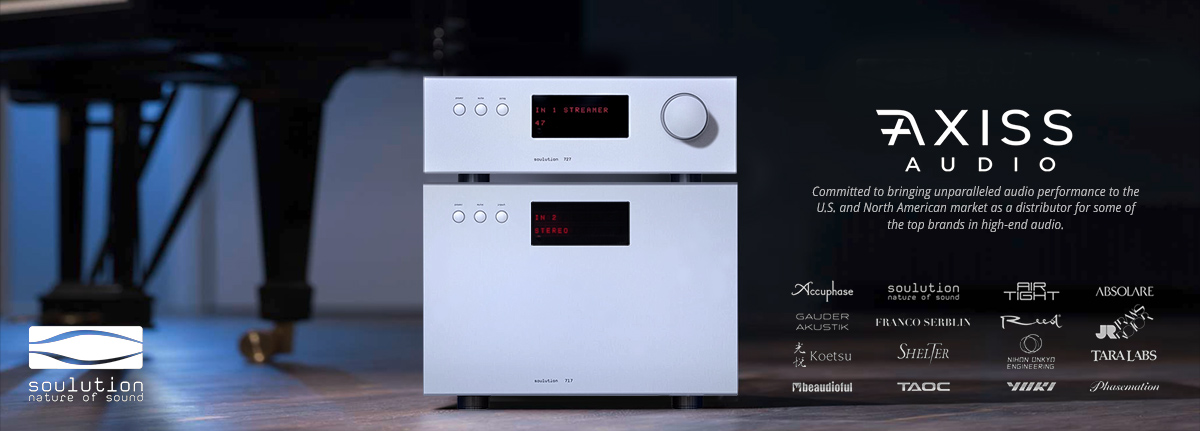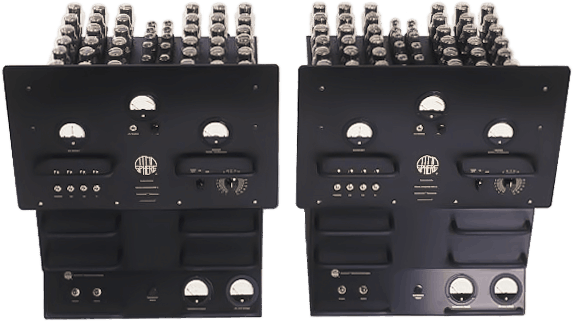Imo it's an EXPLAINED amp/speaker synergy thing, but not many people are aware of the explanation.
Most speakers are voiced on solid state amps which behave like a constant-voltage source, which means they put out MORE power into impedance DIPS, and LESS power into impedance PEAKS. (Some of Nelson Pass's designs are exceptions, and there are probably others.)
OTL amps tend to be constant-power sources, which means they put out approximately the SAME power into the speaker's impedance curve pretty much REGARDLESS of the peaks and dips, as long as they aren't too big. Most transformer-coupled tube amps also exhibit similar behavior, though the more global negative feedback they have, generally the more they lean towards behaving sort of like a constant-voltage (solid state) amp.
Some OTL amps (and some Nelson Pass amps) behave very much like a constant-current source, putting out significantly LESS power into impedance DIPS, and significantly MORE power into impedance PEAKS. The Aries Cerat Collatio comes to mind.
So if we have an 8-ohm speaker designed for use with solid state amps, it will be "voiced" with the expectation of the halving its power into the 16-ohm bass impedance peak, doubling its power into the broad 4-ohm dip in the upper bass region, and sending 1/3 of its power into the 24-ohm peak in the crossover region. (I'm using numbers that make the math easy.)
If we then drive this speaker with an OTL amp, which puts out approximately the same power across the spectrum, the low bass will sound loose and underdamped (twice as much power as expected is going into the 16-ohm bass peak); weak and anemic in the broad upper-bass region (half as much power as expected is going into that 4 ohm dip); and forward/bright/harsh in the crossover region (THREE times as much power as expected is going into the 24-ohm crossover peak).
So if you had NO IDEA that this sort of thing happens, and swap out your solid state amp for an OTL amp, your immediate and logical conclusion would be that OTL amps sound thin and harsh and have flabby bass. But as you can see, the real story is much more complicated than that.
EVERY SINGLE TIME I have been able to find out the impedance curve of a speaker that sounded bad with a good OTL amp, the explanation was obvious.
(Imo one way to design a speaker which works well with both solid-state and OTL amps is this: Keep the impedance curve fairly high and as constant at is reasonably possible, and if it's a ported box, provide for variable port tuning frequencies. Ime there is often 1/4 to 1/3 octave more bass extension available as virtually a "free lunch" when going from solid state to OTL, if the port tuning can be adjusted to take advantage of the OTL's behavior.)
This is my perception from the point of view of a speaker designer. For the view from an amplifier designer's perspective, I suggest this short article:
http://www.atma-sphere.com/en/resources-paradigms-in-amplifier-design.html

















